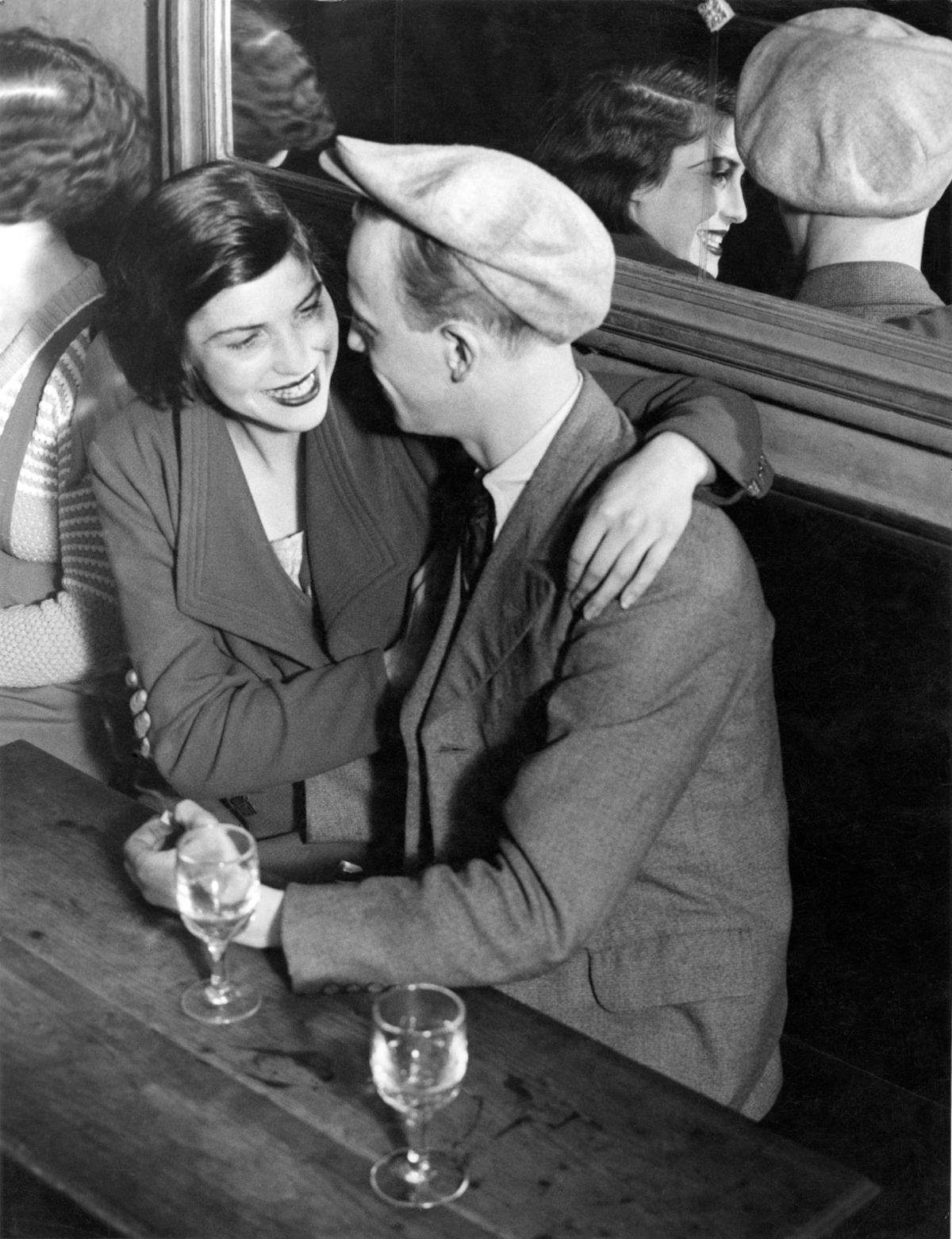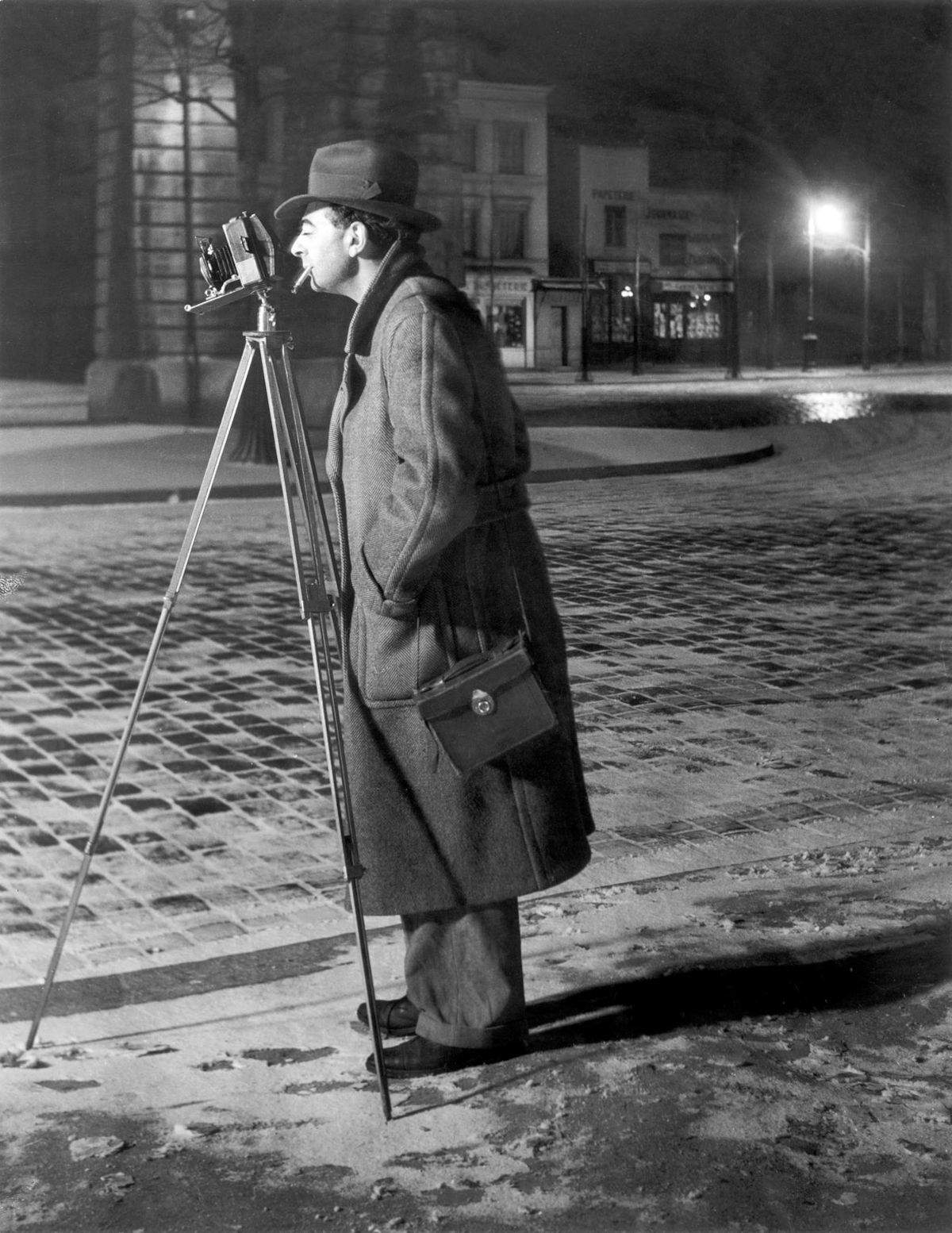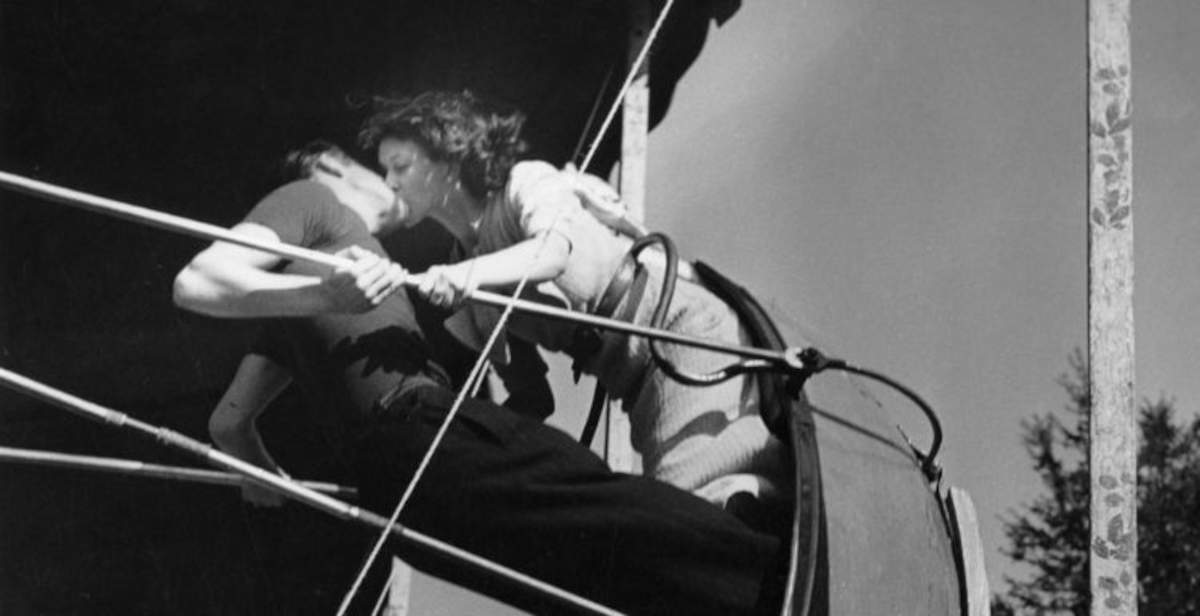From July 19 to November 9, 2025, the Saint-Bénin Center in Aosta is hosting Brassaï. The Eye of Paris, an extensive retrospective devoted to one of the protagonists of 20th-century photography. The exhibition, promoted by the Assessorato Beni e attività culturali, Sistema educativo e Politiche per le relazioni intergenerazionali of the Autonomous Region of Valle d’Aosta and produced by Silvana Editoriale, is curated by Philippe Ribeyrolles, a scholar and nephew of the artist, who preserves a valuable documentary and photographic heritage related to his uncle’s work. The exhibition presents more than 150 vintage prints along with sculptures, personal objects and documents, offering an exhibition itinerary that traverses the many aspects of Brassaï’s activity, with a special focus on his relationship with Paris, a city with which he forged a deep and enduring bond. His images devoted to the French capital, from views of working-class neighborhoods to symbolic monuments, from fashion to portraiture to urban graffiti and nightlife, have now entered the collective iconography as emblematic representations of the Ville Lumière.
“Exhibiting Brassaï today,” says Philippe Ribeyrolles, curator of the exhibition, “means revisiting this marvelous work in every sense, taking stock of the diversity of subjects tackled, mixing artistic and documentary approaches; it means immersing oneself in the atmosphere of Montparnasse, where numerous artists and writers met between the wars, many of them from Eastern Europe, such as his compatriot André Kertész. The latter exerted a considerable influence on the photographers around him, including Brassaï himself and Robert Doisneau.”

Brassaï, a pseudonym for Gyula Halász, was born in Brassó, the city from which he derived his stage name. He moved to Paris in the early 1920s and soon became one of the most sensitive and accurate observers of urban reality, particularly its most intimate and marginal dimensions. It was Henry Miller who called him the “living eye” of photography, recognizing his ability to capture the essence of an ever-changing time and city. As early as 1924 Brassaï was involved in the Parisian cultural climate of intense intellectual ferment. He frequented the likes of Picasso, Dalí, and Matisse, as well as becoming involved in Surrealist circles. His attention to detail and to the atmospheres of the night made him one of the first photographers capable of rendering the nocturnal physiognomy of the French capital, capturing streets, bars, brothels, bistros and the figures who animated them: prostitutes, workers, clochards, vagrants and artists. Far from purely documentary photography, Brassaï sought a direct interaction with the environments he portrayed, penetrating even the most secluded interior spaces, where social rituals, encounters and escapes from reality took place.

One of his most important works remains the volume Paris de Nuit, published in 1933. The work has become a landmark in the history of French photography, capable of blending realism and visual poetry. In parallel, Brassaï collaborated with the surrealist magazine Minotaure, through which he came into contact with figures such as André Breton, Paul Éluard, Robert Desnos, Benjamin Péret, and Man Ray. The photographer is often associated with the French humanist current because of the attention paid to the human presence in his shots, but his work eludes unambiguous categorization. His research also includes popular and marginal art forms, such as graffiti on Parisian walls, which he documented with a systematic and original gaze. This strand brings him close to Jean Dubuffet’s art brut and testifies to an abiding interest in uncodified expressiveness.

Brassaï’s work piqued the interest of Edward Steichen, who in 1956 invited him to exhibit at the Museum of Modern Art (MoMA) in New York. The exhibition Language of the Wall. Parisian Graffiti Photographed by Brassaï won wide acclaim and helped amplify the photographer’s international notoriety. His relationship with the United States also intensified through a lasting collaboration with Harper’s Bazaar, led by Aleksej Brodovič, the magazine’s influential art director between 1934 and 1958. For the magazine, Brassaï portrayed numerous artists and writers in the French milieu, many of whom were part of his personal circle. The portraits taken there were later collected in the volume Les artistes de ma vie, published in 1982, two years before his death. Brassaï died on July 7, 1984, just after finishing a volume devoted to Marcel Proust, a project to which he had devoted many years. He is buried in Paris’s Montparnasse cemetery, not far from the places he had so often immortalized with his camera. The exhibition will be accompanied by a bilingual Italian-French catalog, published by Silvana Editoriale and edited by Philippe Ribeyrolles, with contributions by Daria Jorioz, Silvia Paoli and Annick Lionel-Marie. The volume will be available at a price of 36 euros. Tickets for the exhibition will cost 8 euros in full and 6 euros in reduced price. Admission will be free for those under the age of 18. The event is also included in the Abbonamento Musei circuit.
 |
| Brassaï on display in Aosta: 150 photographs to tell the story of 20th century Paris |
Warning: the translation into English of the original Italian article was created using automatic tools. We undertake to review all articles, but we do not guarantee the total absence of inaccuracies in the translation due to the program. You can find the original by clicking on the ITA button. If you find any mistake,please contact us.